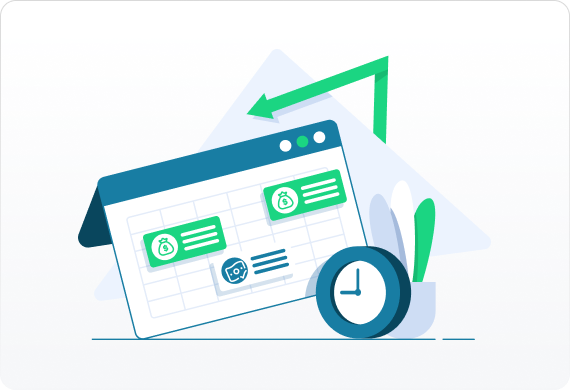Inventory management is the process of handling the flow of inventory in and out of your business to maximize sales and minimize exposure. A business maximizes sales both by having enough inventory on-hand to meet demand and also by having the right kind of inventory to sell.
A small business minimizes exposure but not having so much capital invested in inventory that it cannot cover other expenses, or by buying the correct kind of inventory. If yours is a product-based business, you will quickly learn how important inventory management is to your success.
Inventory cycles rarely align with cash flow cycles. You must buy the produce to prepare the salad to sell, or the clothes to hang on the racks before the sale has been made. It is common to have to lay out a significant amount of capital to stock up for an upcoming busy or holiday season. And this is why small business owners go to Shield Funding for business loans for inventory management. The process is fast and easy and it can all be completed online.







